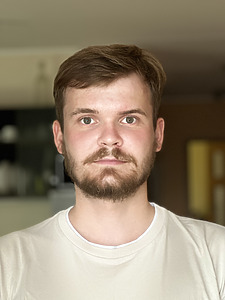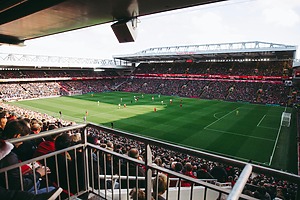While the sports industry continually improves spectators’ viewing experience at home, some problems remain unsolved. One such issue for football fans is cameramen accidentally appearing in each other’s shots on live broadcasts. These occurrences not only detract from critical game moments but potentially lead to revenue losses for broadcasters due to viewer dissatisfaction. To address this, researchers at Kaunas University of Technology (KTU) have developed an end-to-end system to enhance the viewing experience by eliminating visual distractions caused by overlapping camera angles.
“Our new invention is an algorithm adapted to detect video operators,” says KTU professor Rytis Maskeliūnas, one of the creators of the innovation.
Serhii Postupaiev, another members of the research team, highlights that the presence of cameramen in the frame is a frequent issue in football broadcasts due to the complex nature of live sports coverage and the numerous cameras around the stadium.






